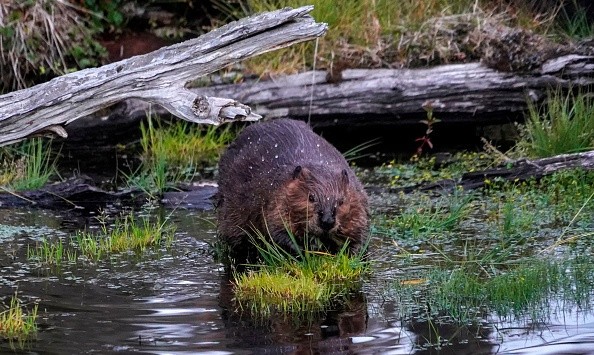Large animals like bears, bison, and beavers, can significantly help restore the world's ecosystem. They can play a major role in healing the natural world by tackling climate change and biodiversity loss.

How Large Animals Improve the Ecosystem
According to the report by the united nations, reintroducing about 20 species of large animals could help the world's biodiversity.
When released into nature, these species could restore ecosystems, lock away excess carbon dioxide, and boost populations of other species while expanding across the world. This new method of reintroduction has been tagged as rewilding.
According to the Lead author Dr. Carly Vynne, the research is encouraging; It brings lots of hope towards saving the ecosystem and altering the depletion of intact fauna groupings via proactive.
Rewilding is an experimental project that involves reintroducing wild animals to historical ranges as a way of helping or saving nature. This experimental method is focused on bringing back the healthy state of nature from the past, as per Phys.org.
The natural state to which these animals are supposed to restore is still unknown. Some suggest restoring the historical baseline of around 1500AD. In contrast, others suggest restoring ecosystems to a state similar to how they were in the last Ice Age, about 12,000 years ago.
Also Read : Wild Bison are Returning to the UK
Animals Needed to Help Biodiversity
This research has not been fully proved to be the key to liberating nature as its complications are still to be considered.
Reintroducing large animals can threaten both live stocks and humans, especially large wild animals with massive predators.
But putting aside the negative effect of rewilding, these animals bring many significant positive impacts to the herbivore populations as they allow plants and scavengers to flourish.
They also help in dispersing seeds, recycling nutrients, as well as fire control by grazing. From the analysis, this natural healing method can be achieved with the help of 13 herbivores and seven predators species, according to One Earth.
Analyzing Ecosystems
During analysis of the ecosystem, the planet was divided into ecoregions and areas with natural communities and the number of animals within these regions was analyzed and compared with the historic amount. The result showed 6% of the places still have a similar amount when compared to the animal analysis as about 500 years ago.
While analyzing the ecoregions, researchers discovered that most of northern Asia, northern Canada, as well as parts of South America and Africa needed rewilding and only a few large animals are needed to help restore to their natural state.
In Europe, the European bison and the wolves from reports were said to have saved over 35 regions by expanding the population of large animals within those regions, similar reports were also gotten from Africa reporting savings by the hippopotamus, lions, and cheetah.
Rewilding can also help in conserving these animals preventing them from being endangered or worst still going into extinction.
But before these experiments and investigations will be put to use, scientist still suggests tackling its negative effects and putting them under control in order to prevent loss of livestock and other dangers that involves human lives.
Related Article : Tequila Fish Reintroduced to Mexico After Disappearing From the Wild
For more news, updates about mammals and similar topics don't forget to follow Nature World News!
© 2025 NatureWorldNews.com All rights reserved. Do not reproduce without permission.





